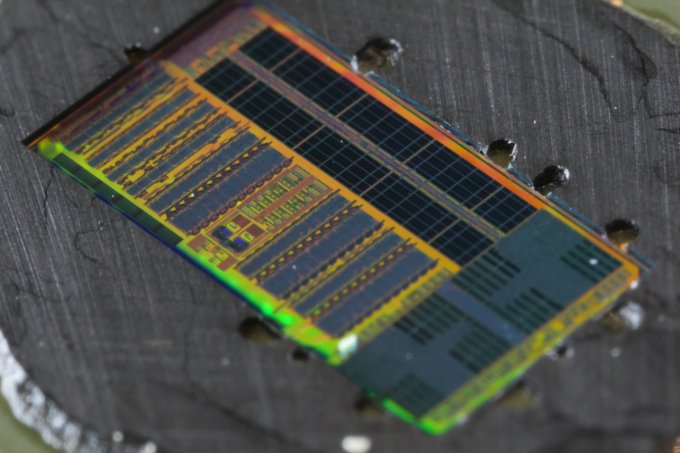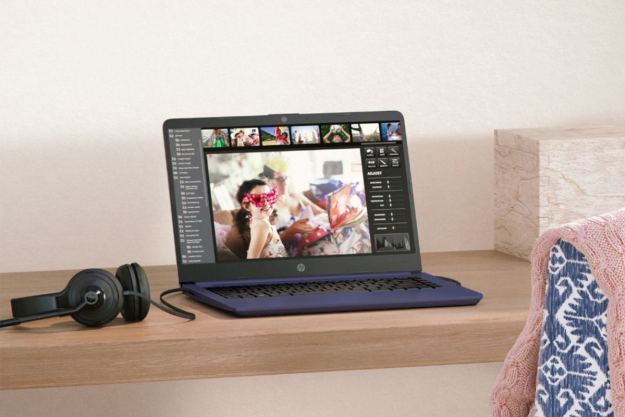
Thanks to a collaboration with UC Berkley and MIT, this feat might finally be approaching viability. That’s because the two schools have come together to devise a “groundbreaking” microprocessor chip that uses light instead of electrical signals to transmit data. The 850 optical input/output components on their new chip give it 10 to 50 times the bandwidth of a processor comprised entirely of electronics. More specifically, we’re looking at about 300Gbps per square millimeter, the schools say.
“Light-based integrated circuits could lead to radical changes in computing and network chip architecture in applications ranging from smartphones to supercomputers to large data centers,” said CU-Boulder assistant professor Miloš Popović, “something computer architects have already begun work on in anticipation of the arrival of this technology.”
Traditional microprocessor chips—the ones found in everything from laptops to supercomputers—use electrical circuits to communicate with one another and transfer information In recent years, however, the sheer amount of electricity needed to power the ever-increasing speed and volume of these data transfers has proven to be a limiting factor, the schools say. Switching the transmission mechanism to light instead may help address this problem.
“We figured out how to reuse the same materials and processing steps that comprise the electrical circuits to build high-performance optical devices in the same chip,” said Mark Wade, a Ph.D. candidate at CU-Boulder and a co-lead author of the study, in a press release announcing the breakthrough. “This allows us to design complex electronic-photonic systems that can solve the communication bottleneck in computing.”
The prototype doesn’t shift the boundaries of processing power by any means. In fact, it features just two cores packed on a 3mm × 6mm (0.1 inch × 0.2 inch) integrated circuit. What it does do, however, is show that drawing more electricity isn’t always the solution for producing more powerful components. Instead, we could end up with faster or more energy conservative devices just by fundamentally maneuvering a few elements.
As a result of the research conducted at these higher education institutes, two startup companies have emerged. Of these, Ayar Labs was notably issued the MIT Clean Energy Prize earlier this year.


